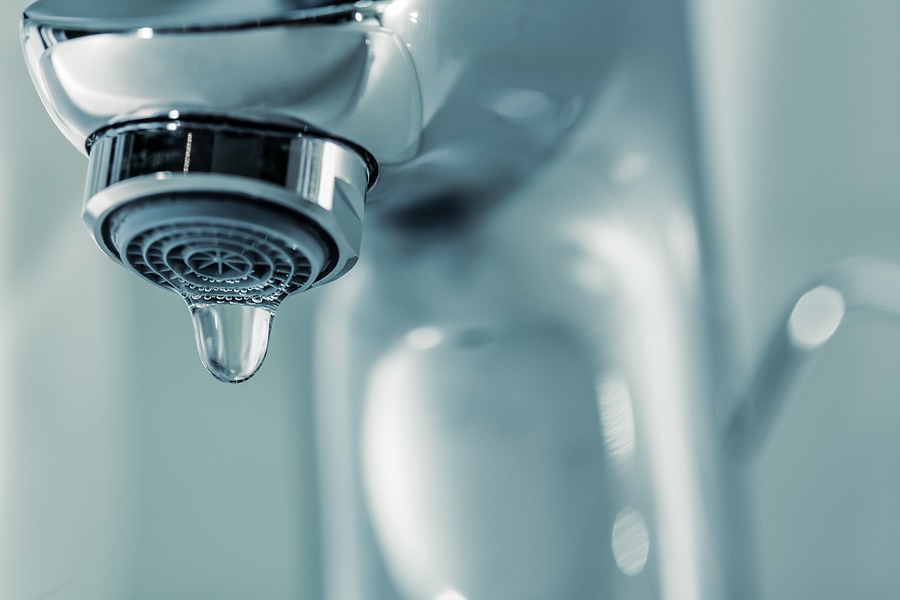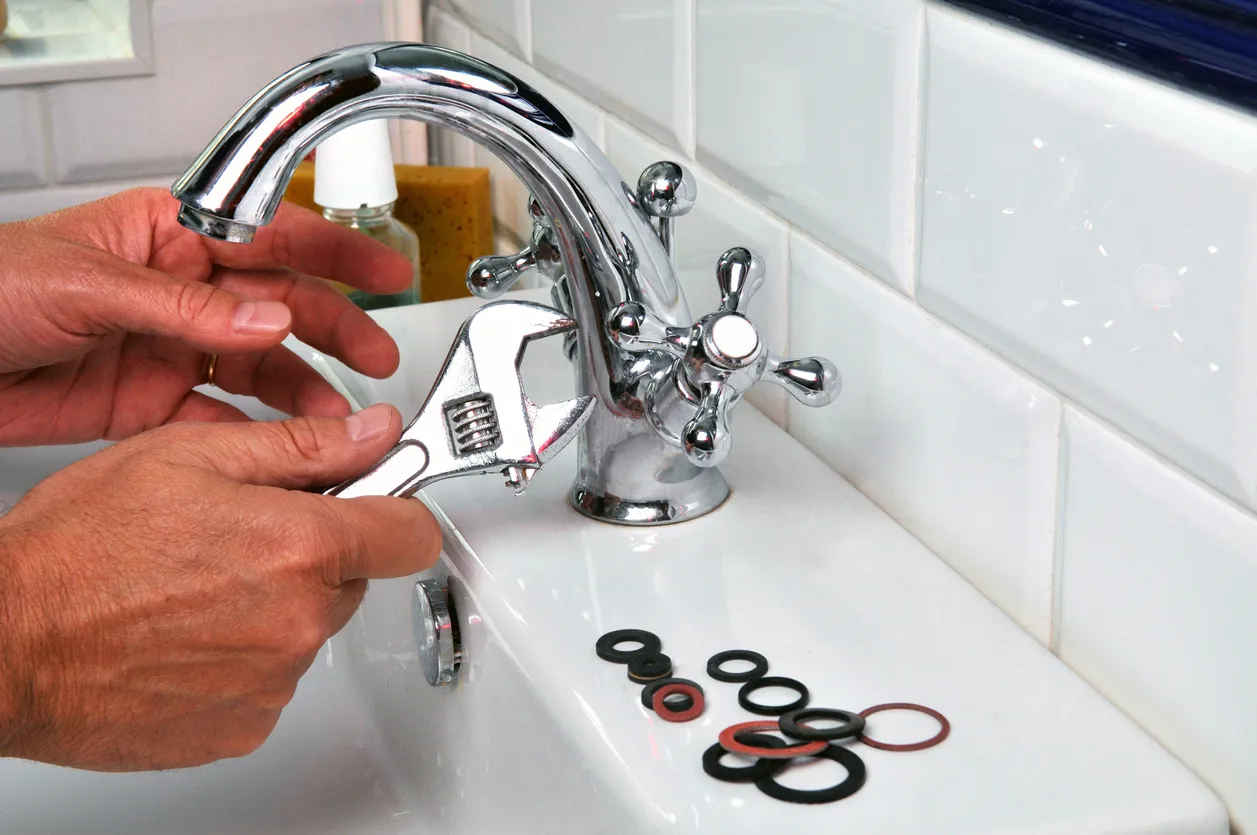Your Motives Behind Fixing a Faulty Faucet
Your Motives Behind Fixing a Faulty Faucet
Blog Article
This great article down the page in relation to Why It's Important to Fix Leaky Faucets is unquestionably attention-grabbing. Check it out for yourself and figure out what you think about it.

Dripping taps might look like a minor aggravation, but their effect exceeds simply the aggravation of the noise. From wasting water to sustaining unneeded monetary prices and health and wellness risks, disregarding a trickling tap can bring about various consequences. In this article, we'll look into why it's important to resolve this typical family concern without delay and properly.
Wastefulness of Water
Environmental Effect
Leaking taps contribute significantly to water waste. According to the Environmental Protection Agency (EPA), a single tap leaking at one drip per second can waste greater than 3,000 gallons of water per year. This not just pressures water resources but additionally impacts communities and wildlife depending on them.
Step-by-Step Overview to Dealing With a Dripping Tap
Tools Called for
Before attempting to deal with a trickling tap, collect the needed tools, consisting of an adjustable wrench, screwdrivers, replacement components (such as washers or cartridges), and plumber's tape.
Usual Faucet Issues and Their Solutions
Determine the kind of tap and the certain concern creating the drip. Common troubles include damaged washers, rusty shutoff seats, or defective O-rings. Describe manufacturer directions or online tutorials for step-by-step assistance on fixings.
Financial Costs
Enhanced Water Costs
Beyond the ecological effect, dripping taps can blow up water bills considerably. The collected wastage in time translates into greater energy expenditures, which might have been prevented with timely repair services.
Prospective Property Damage
Furthermore, extended dripping can bring about damage to components and surfaces surrounding the faucet. Water build-up can cause discoloration, deterioration, and even structural problems if left unattended, causing extra repair service costs.
Health Worries
Mold and Mold Growth
The continuous presence of dampness from a leaking faucet develops an ideal setting for mold and mildew and mildew growth. These fungi not only endanger interior air quality but likewise posture wellness risks, especially for people with respiratory problems or allergies.
Waterborne Conditions
Stationary water in dripping faucets can end up being a breeding place for bacteria and other virus, boosting the threat of waterborne diseases. Pollutants such as Legionella microorganisms thrive in stagnant water, possibly bring about severe ailments when ingested or inhaled.
Do it yourself vs. Specialist Fixing
Pros and Cons of Do It Yourself Repair Work
While some might attempt to take care of a leaking tap themselves, DIY fixings include their own set of difficulties. Without proper knowledge and devices, do it yourself efforts can aggravate the issue or result in incomplete repair work, extending the issue.
Benefits of Employing an Expert Plumber
Working with a professional plumber makes sure that the underlying source of the trickling faucet is attended to properly. Plumbing technicians possess the proficiency and tools to detect and fix tap problems successfully, saving time and decreasing the danger of additional damage.
Ecological Duty
Specific Contribution to Conservation
Taking duty for dealing with trickling faucets aligns with more comprehensive efforts towards water conservation and environmental sustainability. Every person's activities collectively make a significant impact on maintaining valuable resources.
Lasting Living Practices
By focusing on prompt repairs and taking on water-saving routines, individuals add to lasting living practices that benefit both existing and future generations.
Safety nets
Normal Upkeep Tips
To avoid dripping taps, do regular upkeep such as cleansing aerators, checking for leaks, and replacing damaged components without delay. Furthermore, think about installing water-saving gadgets or upgrading to a lot more effective fixtures.
Significance of Prompt Services
Addressing leaking faucets as soon as they're noticed stops more water wastefulness and possible damage, inevitably saving both water and cash in the future.
Impact on Home Worth
Assumption of Well-Maintained Property
Keeping a residential or commercial property in good condition, consisting of attending to maintenance problems like leaking faucets, boosts its regarded worth and desirability amongst prospective purchasers or occupants.
Impact on Resale Worth
Characteristics with well-kept plumbing components, consisting of faucets, command greater resale worths in the property market. Resolving trickling taps can add to a positive perception during residential property evaluations and settlements.
Verdict
Addressing a dripping faucet goes beyond mere benefit; it's a necessary step towards conserving water, minimizing monetary prices, and guarding health and home. Whether with DIY repair services or expert support, acting to repair leaking faucets is a small yet impactful means to promote responsible stewardship of resources and contribute to a much healthier, more lasting future.
How to Fix a Dripping or Leaky Faucet
A leaking faucet is one of the most common problems that homeowners encounter, but it being commonplace doesn’t make it any less annoying. The constant drip drip drip of a leaking bathtub faucet, showerhead, or sink tap can disturb your home’s serenity. Left neglected, a dripping faucet can also result in higher water bills and discoloration or mold growth in your sink or plumbing fixtures.
Fortunately, you don’t have to be a trained plumber to know how to stop a dripping faucet. With some basic tools, replacement parts, and a little patience, leaky faucet repair is a breeze. In this article, we’ll explain what causes dripping faucets and how you can fix them.
What Causes a Leaking Faucet?
Kitchen and bathroom faucets come in all manner of designs, but most involve some combination of valves, O-rings, seals, and washers. The O-ring is usually the weakest link, but any one of these pieces can wear down over time. Heat, moisture, temperature fluctuations, minerals, mold, and movement can contribute to warping and corrosion, breaking the watertight seal. This just comes with the territory of being a homeowner. Everything is always subject to wear and tear, and some component parts of your appliances and fixtures need to be replaced on occasion. At least replacement O-rings are cheap!
More rarely, dripping faucets can be a symptom of excessively high water pressure. Were this the case in your home, you would probably notice that the leak is not isolated to one faucet. Water pressure issues are harder to resolve on your own. We recommend contacting a professional plumber if you suspect your water pressure is too high.
How to Fix a Dripping Faucet
Pipe wrench or monkey wrench Allen wrench set Screwdrivers Old towel or rag Shut off the water.
Before you do anything, you need to turn off the water to keep from drenching your kitchen or bathroom. You should find a valve under the sink and against the wall. Once you’ve turned this valve, try turning the faucet on to confirm that the water source has been cut off.
If you can’t locate your local valve for the faucet you’re working on, you can always shut off the water to the house at the main valve. Of course, this will prohibit anyone from using the sinks, showers, or toilets while you’re working on the faucet that’s giving you trouble.
Plug or block the drain.
You’ll be disassembling the faucet and removing some small bits of hardware. Plug the drain with a stopper or rag to avoid the possibility of a small screw falling into your P-trap.
Take apart the faucet assembly.
There are several varieties of kitchen and bathroom faucets, each with its own manner of assembly. For detailed instructions on how to disassemble your faucet, you can refer to the fixture’s manual or contact the manufacturer. If you know whether you have a ball, disc, cartridge, or compression faucet, you can find detailed schematics online.
In general, you need to begin by removing the faucet handles. You might notice a small screw that you’ll need to remove with a screwdriver or Allen wrench. If you don’t see any visible securing hardware, it’s likely hidden under a decorative cap that can be unscrewed or popped off with flathead screwdriver.
Remove each piece methodically, consulting a schematic when necessary. Take notes or arrange the pieces in such a way to make it easier to correctly reassemble the faucet later.
Remove the cartridge.
Once you’ve removed the handles and securing hardware, you should be able to remove the valve cartridge or stem. Some cartridges will slide right out. Other faucet models will require you to loosen a nut with a pipe wrench before you can remove the valve stem.
Examine the exposed hardware.
With the cartridge or stem removed, inspect the component parts. Check the rubber O-rings for wear and tear. Also examine the seat washer for corrosion or other damage. These pieces are usually the responsible parties for a dripping faucet, but it’s worth inspecting the other component parts while you have the faucet disassembled.
Find replacement parts.
Once you’ve identified which faucet component has failed, find an identical replacement. Your local hardware store should have O-rings, seat washers, and other standard components in stock. If you have a luxury or uncommon faucet, you may have to contact the manufacturer for a replacement part.
It’s a good idea to take your old parts with you to the hardware store so you can compare them with the store’s inventory and be sure you’re purchasing the correct replacement.
Reassemble the faucet.
With your new parts in hand, reconstruct the faucet and handles. Don’t be tempted to overtighten screws or nuts. You might think this could create a better seal, but it can instead damage or bend a delicate part of the assembly and create a new problem for you.
Turn on the water and test the faucet.
The only thing left to do is test your work. Unplug the sink, turn the water back on, and try the faucet. Congratulate yourself on a job well done!
https://www.libertyhomeguard.com/how-to-fix-a-dripping-or-leaky-faucet/

Do you like reading up on How to Fix a Dripping or Leaky Faucet ? Put a short review further down. We would be delighted to find out your suggestions about this article. We hope that you come back again later on. Make sure you set aside a second to promote this article if you liked it. Thank you so much for taking the time to read it.
Report this page